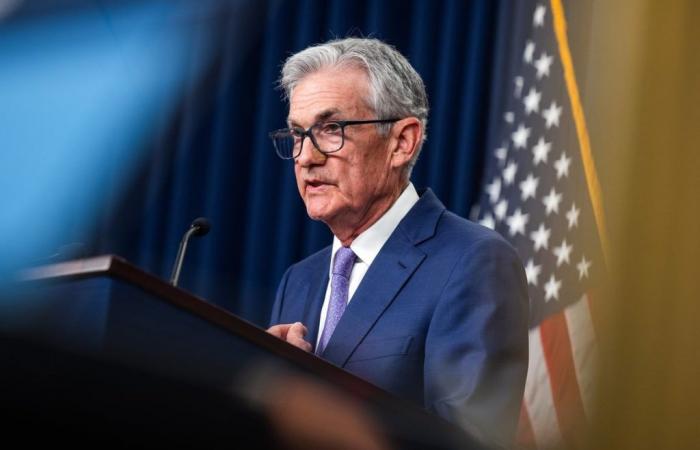Last March, the Swiss National Bank (SNB) created a surprise by announcing a reduction in its key rate to 1.5%, breaking with the monetary status quo observed since September 2023. The main argument put forward was the return “on track” of consumer prices, with inflation having fallen from 1.7% in December to 1.3% in January, then to 1.2% in February.
In June, the Bank of Canada (BCC) and then the European Central Bank (ECB) respectively lowered their key rate to 4.75% and 3.75%, thus turning the page on the most drastic and rapid monetary tightening in the history of the Eurozone.
And now what will they do?
The question now is what the next decisions will be. Will central banks that have started their downward cycle continue in this direction? Will those having maintained the status quo initiate an initial decline?
For once, the SNB has once again outstripped its counterparts by lowering its key rate by another 25 points at the meeting on June 20.
With a publication of 1.4%, Swiss inflation remains clearly within the fluctuation band of between 0 and 2% set by the SNB for price stability, and the price outlook remains relatively calm for the rest of the year.
The same day, the Bank of England (BoE) passed its turn and opted for the status quo at 5.25% for the seventh consecutive meeting. The fact that inflation returned to its 2% target in May was clearly not enough to reassure British central bankers.
Low readability on the Old Continent
On the European side, the situation is unclear. While the ECB has made an initial rate cut, largely pre-announced, the tone perceived during its press conference seems to be moving in the direction of a restrictive cut, suggesting that the ECB is in no hurry to further ease its monetary policy.
Indeed, it has raised its inflation expectations for 2024 and 2025, leaving investors uncertain about the pace at which it could continue to lower its rates in the coming quarters. The economic situation justifies this lack of visibility.
While disinflation in the eurozone has been fairly rapid, services inflation remains high. Wage inflation is indeed showing signs of stagnation at too high levels and the cycle appears to be restarting, after a low point reached in the second half of 2023. In this context, Christine Lagarde said that the speed and duration of the rate reduction was still “very uncertain”.
In the United States, since the beginning of the year, investors’ expectations regarding the trajectory of the Federal Reserve (Fed) have rarely been so disparate: while some predicted several cuts in 2024, others went so far as to predict no cuts at all over the year.
In this context, and after being caught off guard at the start of the year, the Fed has naturally shown caution, now only counting on a cut in 2024, and another in 2025.
Bond markets have decided to see the glass half full and are factoring in a 61% probability of a rate cut in September. Answer after the summer break!






